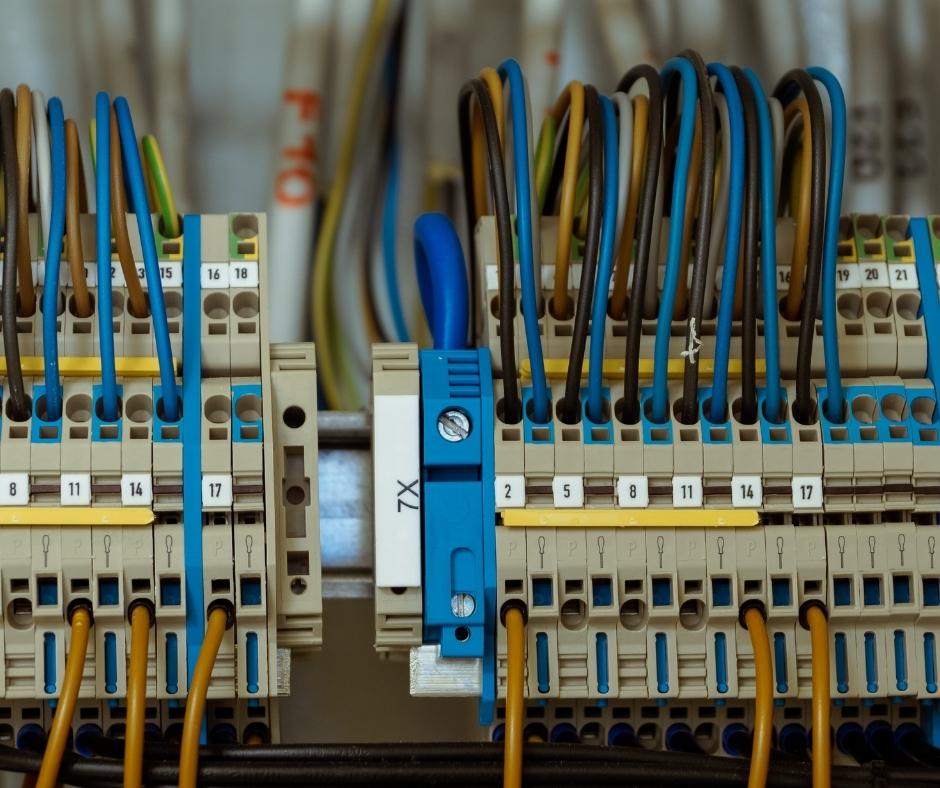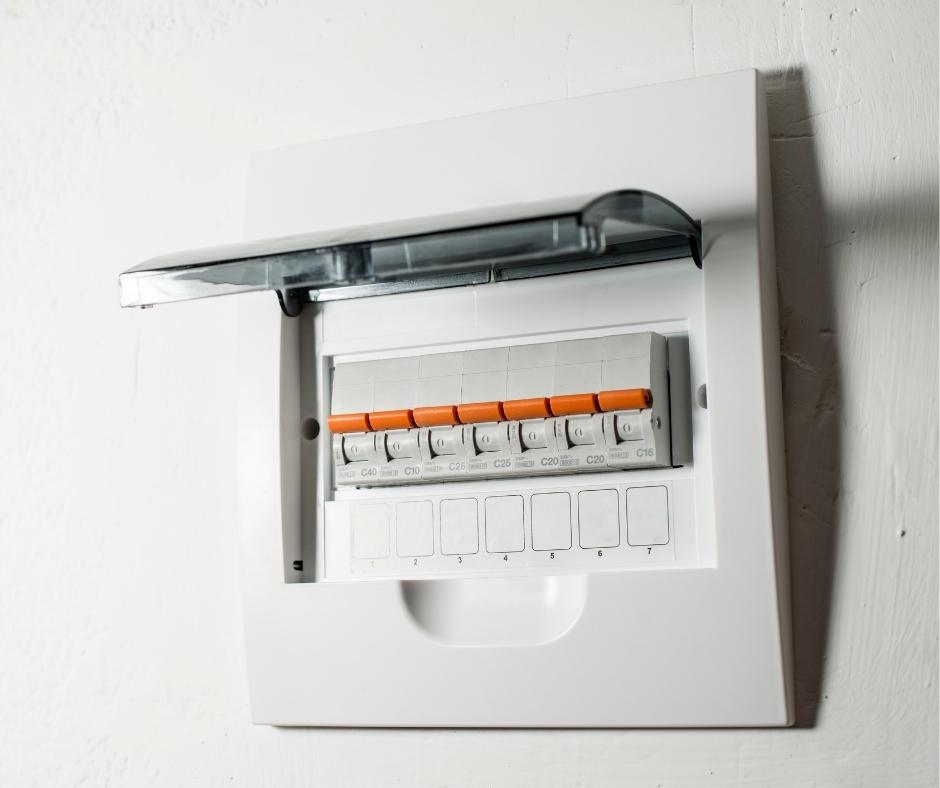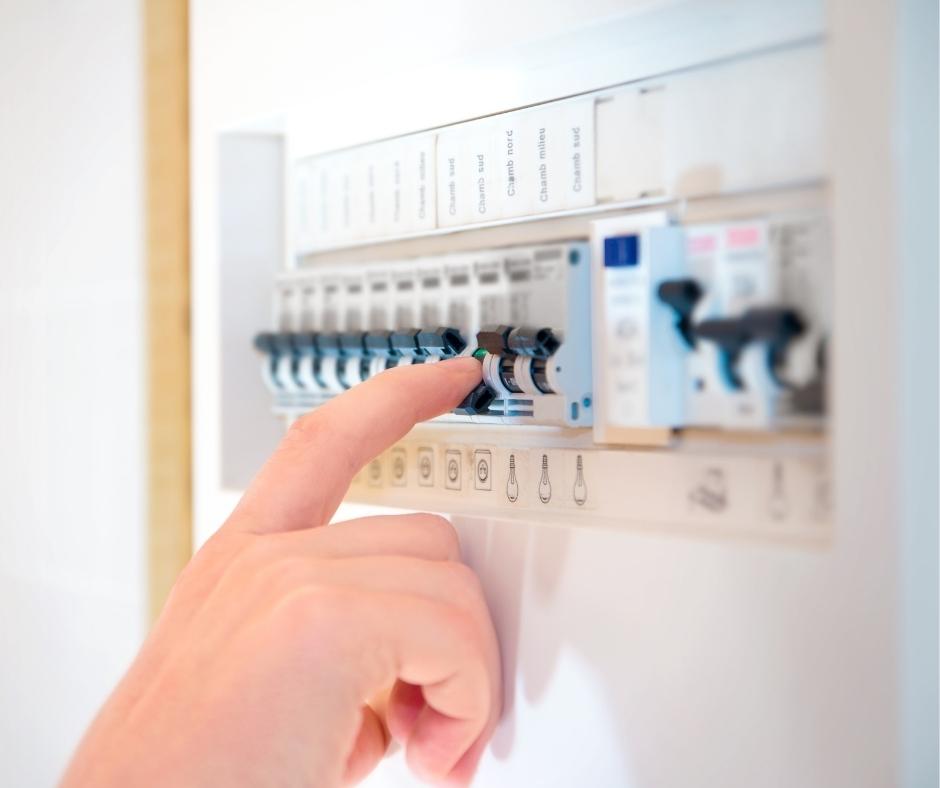Fuses help prevent damage to your electric and electronic fixtures in case of a power surge. Thunderstorms are common causes of overloads, and fuses will help you avoid having to replace burned-out appliances because of them.
Some electronics like laptops and high-end televisions have their own fuses. You might wonder the same about your ceiling fan— especially if it’s expensive and loaded with the latest features.
The answers to your questions about whether ceiling fans have fuses are in this article.
In This Article We'll Discuss
Do Ceiling Fans Have Fuses?

Ceiling fans don’t normally have their own fuses. They use very little electricity compared to appliances like refrigerators and electronics like televisions. From an electrical standpoint, they are also relatively simple circuits.
But they do have fuses that protect them. Ceiling fans are usually connected to a room-wide circuit that is connected to your home’s circuit breaker box.
If your ceiling fan suddenly stops working, check the other appliances on the circuit. If none of them are working, check the correct line in your circuit breaker box. Then, replace the fuse if it is blown.
However, ceiling fans do have a wattage limiter, which is similar to a fuse. It’s a small device in certain, newer models of ceiling fans that limits the amount of electricity the fan can use.
Wattage limiters are designed to help ceiling fans conserve energy and to prevent them from overheating. If your fan is using too much electricity in one operation, it will limit the amount allowed for another.
If that burns out, then the number of watts allowed will drop to zero, which means that the ceiling fan won’t work.
Where is the Fan Fuse on a Ceiling Fan?
If you live in an older home, the ceiling fan fuses are located in the house’s fuse box. However, most modern homes have replaced old-style fuse boxes with circuit breakers.
Usually, the lines in circuit breaker boxes are arranged by room. So, if your ceiling fan is in the living room, it’s probably connected to the line that provides electricity to the living room.
Some rooms, especially large ones with a lot of large appliances, have two or more lines connected to them.
If you have a ceiling fan installed, make sure to note which line it is connected to. There is usually a diagram map inside the circuit breaker box where you can write out which appliances are connected to which line.
How Can You Tell if a Fan Fuse is Blown?

The best evidence that a fan fuse is blown, or that the breaker is tripped, is that nothing in the room is working. If you walk into your living room, and nothing on the same line will turn on, you probably have a blown fuse or a tripped breaker.
You can also manually check the fuses in the fuse box if you have one. Blown fuses might have visible damage to them. You’ll need to manually remove the blown fuse and replace it with another one that has the same specifications.
Circuit breakers are easier to check. Just open your breaker box and see if one of the levers is in the off position. It’s especially noticeable if it’s the only breaker. To fix it, flip the lever back to the on position and try turning on the fan.
How do I Change a Ceiling Fan Fuse?
There are two things you might need to change to get the electricity flowing back through your ceiling fan. Depending on how old your house is, you might need to replace a blown fuse or reset the circuit breaker. You might also need to replace a wattage limiter in the fan itself.
Changing a fuse isn’t difficult, but make sure safety is your first priority.
Place a rubber mat down in front of the box and turn off the main power. Look for the fuse connected to the line your fan is on. It’s probably discolored or warped. Unscrew it and be sure to replace it with a fuse that has the same specifications.
Restore the main power and flip the line lever back to on.
Resetting a tripped circuit breaker is even easier. Open your circuit breaker box panel and look for the lever connected to the line your ceiling fan is wired into. Flip the lever back to the on position and it should restore power to everything on the line.
Wattage limiters are internal components that prevent your fan from using too much electricity. If they are damaged, the fan won’t run. Manufacturers were required to start installing them by federal energy efficiency rules set in the mid-2000s.
They come in different designs. Some are hard-wired into the fan and some might be screwed in. Replacing the screwed-in wattage limiters is simple. Just unscrew the one in the fan and screw in the new one.
For limiters wired into the fan, you’ll need needle nose pliers and a wire stripper. There is a cap on top of the wires that connects the limiter to the fan’s wiring. Pop the cap off with the pliers.
For most fans, this is enough. Just take the wires for the new limiter and cap them in where the old limiter’s wiring went. You might need to strip the wires to make a good connection, however. Just be sure to not strip so much that bare wire is exposed under the cap.
In addition, it’s important to make sure you get the polarity correct or else it could burn your fan out.
Conclusion

Your ceiling fan doesn’t have its own set of fuses. It uses too little electricity and isn’t complicated enough to warrant it. So, if it isn’t working, it’s not an internal fuse that’s the issue.
It might be that the fuse protecting everything on the line is blown. Or, if you live in a more modern home, it could be that the breaker has tripped. You can address those issues in your home’s electrical system. Another possible issue is that the wattage limiter, a common component in new fans, has burned out.
If you found this article about whether ceiling fans have fuses helpful, please leave a comment down below. You can also share it on your social media networks.

